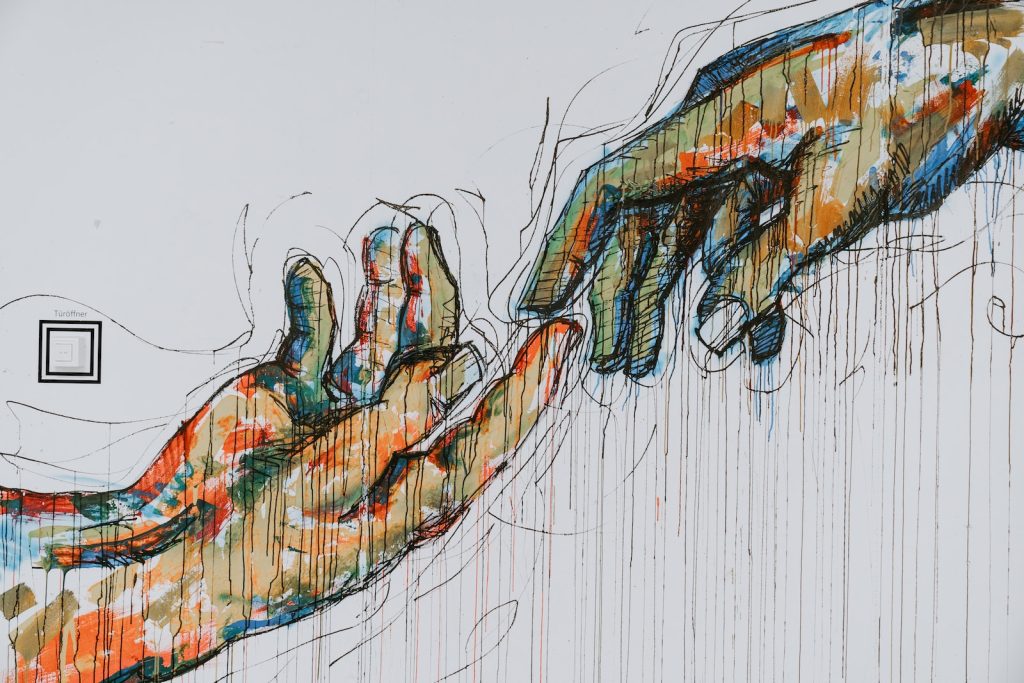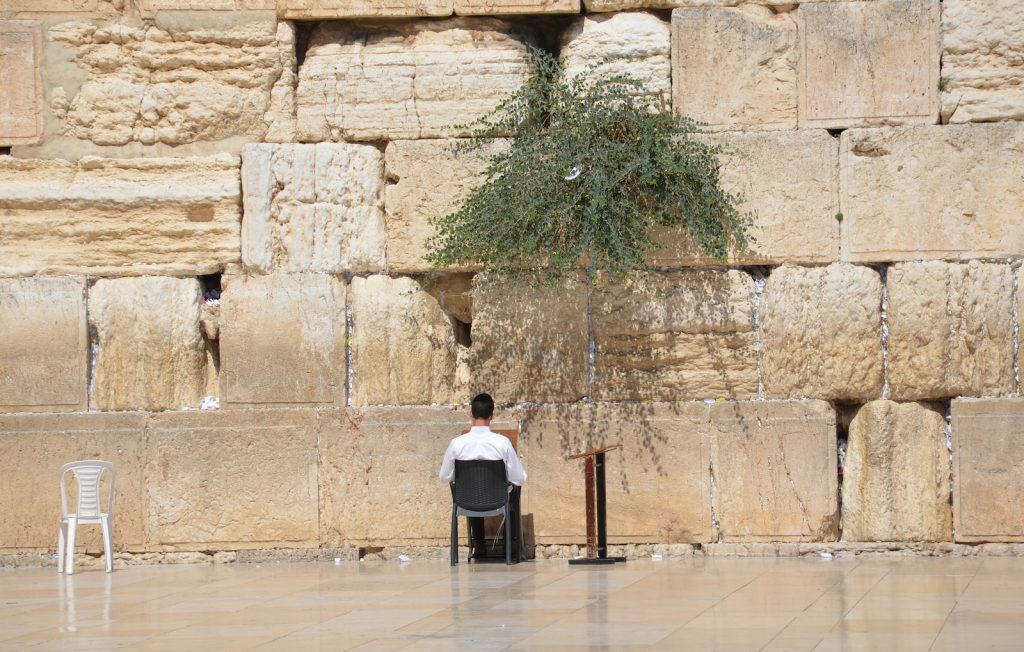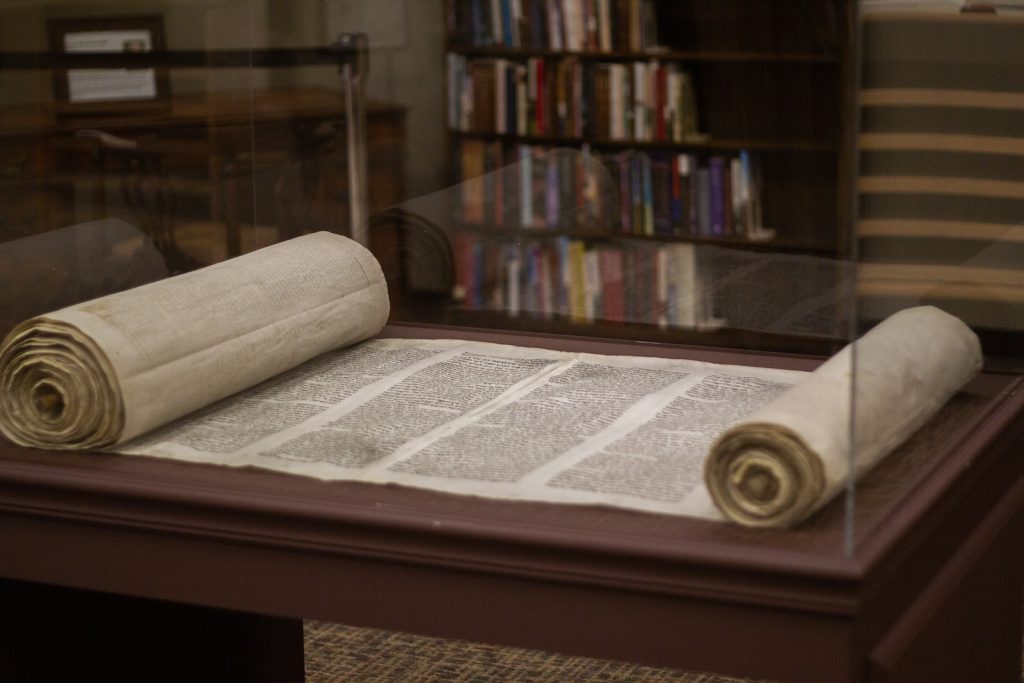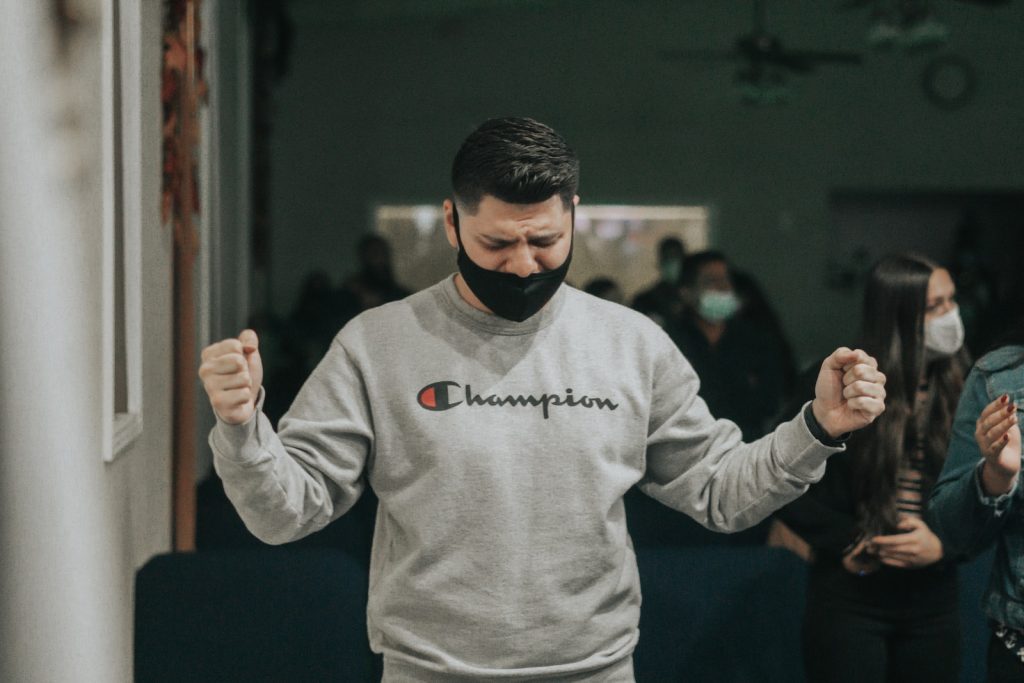Mudras, or symbolic hand gestures, have been used across cultures for centuries to convey various meanings and messages. From religious rituals to dance performances, mudras have played an important role in human expression. This article aims to explore the diverse uses and meanings of mudras across different cultures.

In Hinduism and Buddhism, mudras are commonly used in meditation and yoga practices to enhance concentration and promote spiritual growth. Each mudra has a specific meaning and is believed to have a unique effect on the body and mind. Mudras are also used in traditional dance performances, such as Bharatanatyam and Kathak, to convey emotions and tell stories.
In addition to South Asian cultures, mudras are also used in other parts of the world. In Japan, for example, hand gestures known as “temari” are used in traditional performing arts like Kabuki and Noh theater. These gestures are used to represent various objects and emotions. Similarly, in Native American culture, hand gestures known as “sign language” are used to communicate with others who speak different languages. Overall, mudras play a significant role in human expression and communication, and their diverse uses and meanings across cultures are worth exploring.
Historical Origins of Mudras
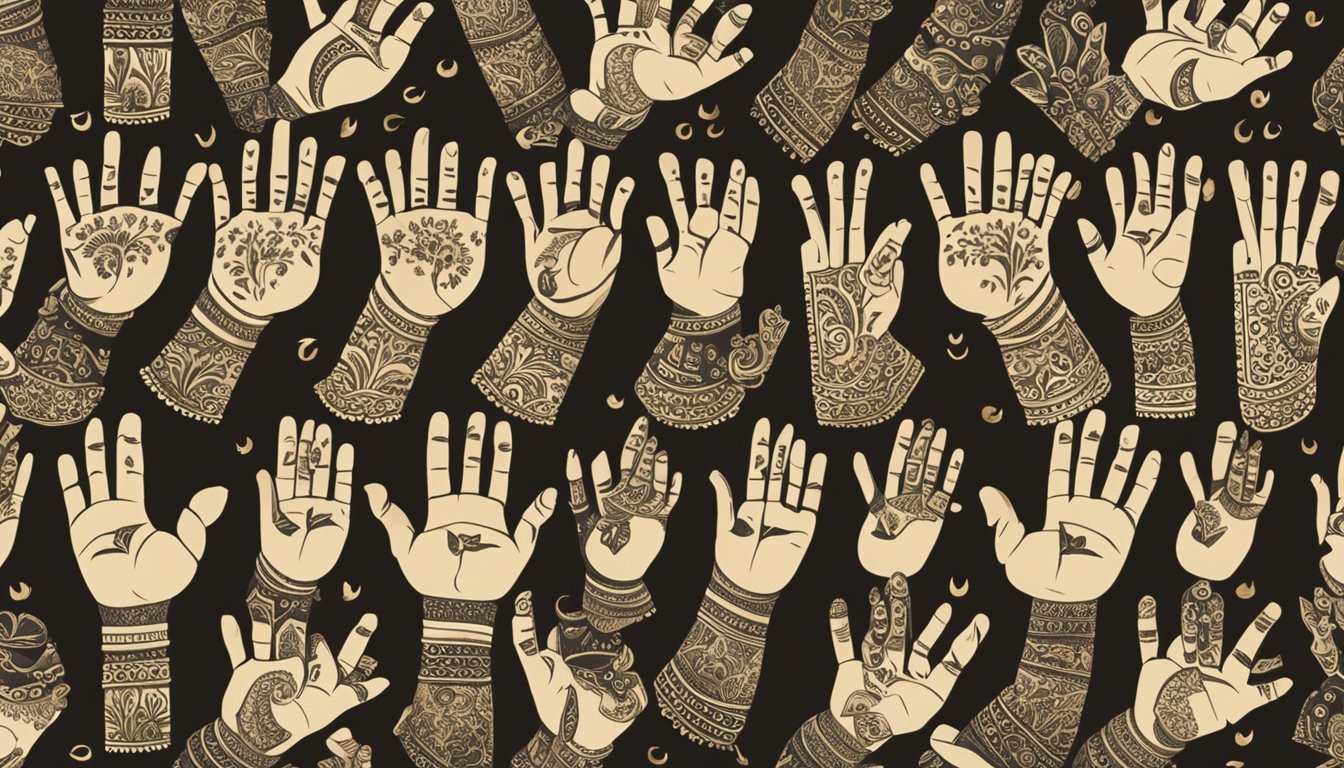
Mudras are symbolic hand gestures used in various cultures and religions. They have been used for thousands of years and have a rich history. In this section, we will explore the historical origins of mudras and their significance in different cultures.
Ancient India and Hinduism
The use of mudras can be traced back to ancient India, where they were an important part of Hindu rituals and practices. Mudras were used to enhance meditation, channel energy, and communicate with the divine. The earliest mention of mudras can be found in the ancient Hindu scripture, the Rigveda, which dates back to 1500 BCE.
In Hinduism, mudras are believed to have a profound effect on the body and mind. They are used to balance the flow of energy in the body and to awaken spiritual energy. Mudras are also used in yoga asanas (poses) to deepen the practice and enhance the benefits.
Buddhism’s Influence on Mudras
Buddhism, which originated in India, also adopted the use of mudras. In fact, the Buddha is often depicted using mudras in his teachings. Mudras were used in Buddhism to express different aspects of the Buddha’s teachings and to aid in meditation.
One of the most well-known mudras in Buddhism is the “Bhumisparsha Mudra,” or the “earth-touching gesture.” This mudra is used to represent the moment of the Buddha’s enlightenment when he touched the earth to bear witness to his attainment of enlightenment.
Mudras in Eastern Asian Traditions
Mudras also have a significant presence in Eastern Asian traditions, such as Chinese Taoism and Japanese Shintoism. In these cultures, mudras are used to connect with the natural world and to channel energy.
In Chinese Taoism, mudras are used in qigong (energy cultivation) practices to balance the flow of energy in the body. In Japanese Shintoism, mudras are used in rituals to communicate with the kami (spirits) and to purify the body and mind.
Overall, the historical origins of mudras are deeply rooted in various cultures and religions. From ancient India to Eastern Asia, mudras have played an important role in spiritual practices and continue to be used today.
Mudras in Various Cultural Contexts
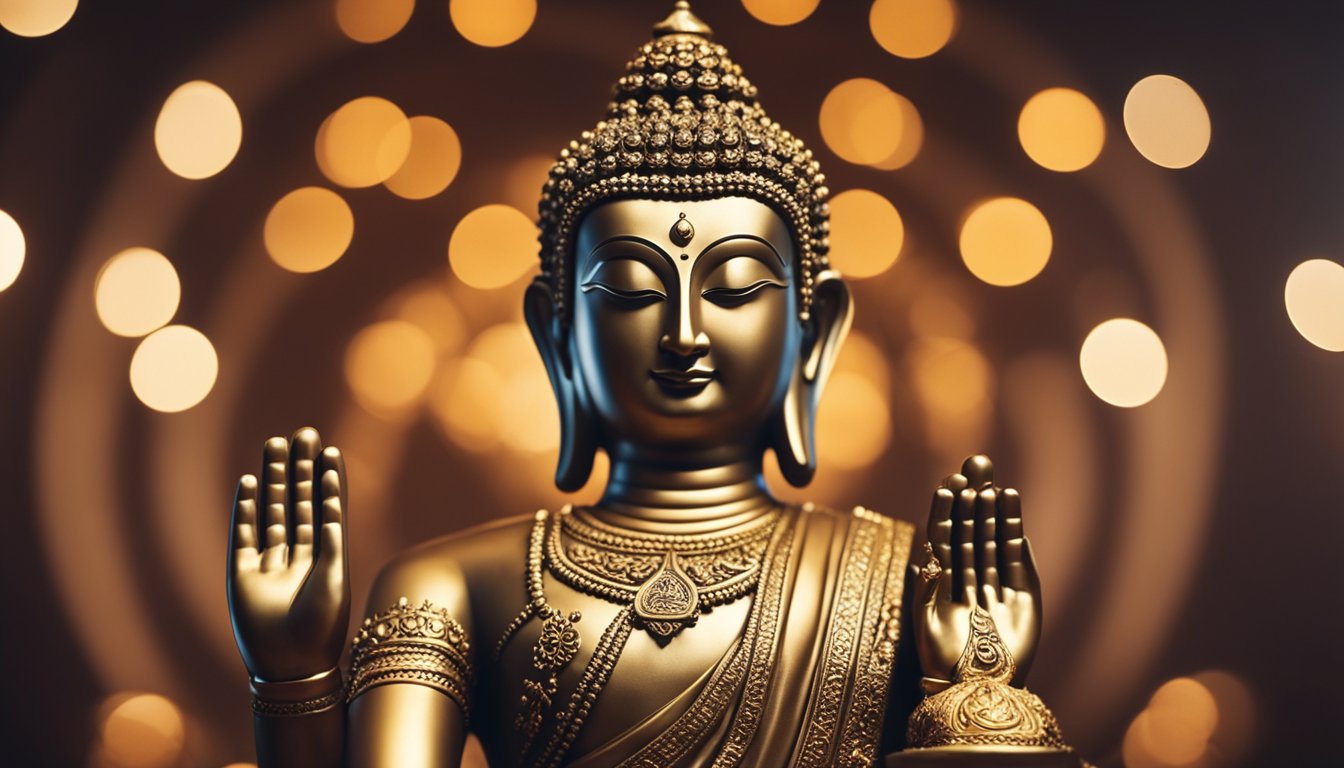
Mudras in Classical Dance
Mudras play a significant role in classical dance forms across cultures. For instance, in Indian classical dance, mudras are used to convey a range of emotions and ideas. The hastas or hand gestures used in Bharatanatyam, a popular Indian classical dance form, are derived from mudras. Similarly, in Balinese dance, mudras are used to express various moods and emotions. Mudras are also an essential component of Japanese classical dance, where they are used to convey the story and emotions of the performance.
Mudras in Martial Arts
Mudras are also used in various martial arts forms across cultures. In Kung Fu, mudras are used to convey different fighting techniques and styles. In Tai Chi, mudras are used to harmonize the body and mind and to achieve a state of inner peace. Similarly, in Indian martial arts forms like Kalaripayattu and Silambam, mudras are used to enhance the power and effectiveness of the techniques.
Mudras in Yoga Practices
Mudras hold a significant place in yoga practices. They are used to activate different parts of the body and mind, leading to physical, mental, and spiritual well-being. For instance, the Chin Mudra is used to enhance concentration and clarity of thought, while the Gyan Mudra is used to improve memory and wisdom. The Shuni Mudra is used to reduce stress and anxiety, while the Prana Mudra is used to boost energy levels.
In conclusion, mudras are an integral part of various cultural practices across the world. They are used to convey emotions, ideas, and techniques and to achieve physical, mental, and spiritual well-being.
Symbolism and Interpretation of Mudras
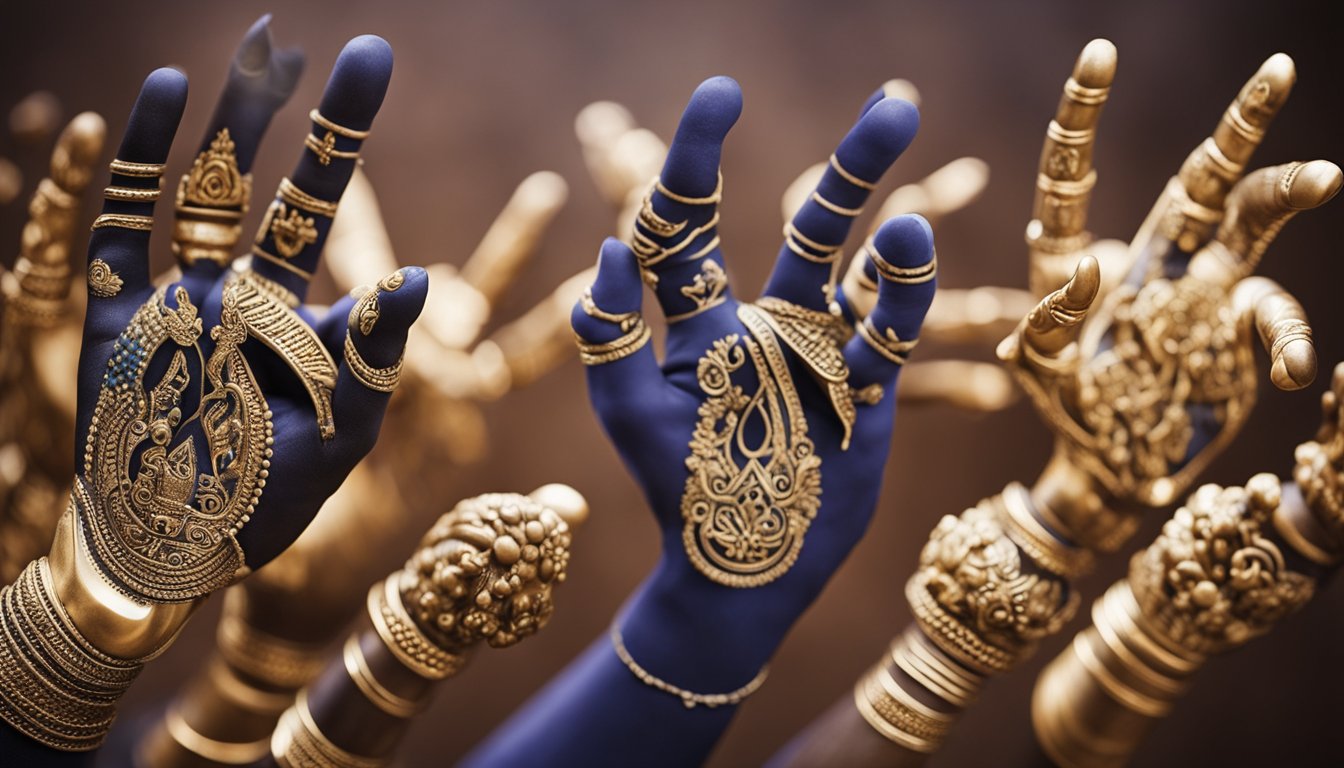
Mudras are hand gestures that are used in various cultures for spiritual, religious, and healing purposes. Each mudra has a specific meaning and interpretation that is often rooted in the cultural and religious beliefs of the people who use them. In this section, we will explore the symbolism and interpretation of mudras across cultures.
Common Mudras and Their Meanings
There are many mudras that are used across different cultures, each with its own unique meaning. Here are some common mudras and their meanings:
- Anjali Mudra: This mudra is commonly used in Hindu and Buddhist traditions and is used as a gesture of respect and greeting. It is formed by bringing the palms together in front of the chest with fingers pointing upwards.
- Gyan Mudra: This mudra is used in yoga and is believed to improve concentration and memory. It is formed by touching the tip of the index finger to the tip of the thumb while keeping the other fingers straight.
- Abhaya Mudra: This mudra is used in Buddhist and Hindu traditions and is a gesture of fearlessness and protection. It is formed by raising the right hand to shoulder level with the palm facing outwards.
Cultural Differences in Interpretation
The interpretation of mudras can vary greatly across cultures. For example, the Abhaya Mudra, which is a gesture of fearlessness in Buddhist and Hindu traditions, is also used in Jainism to represent the Jain concept of Ahimsa, or non-violence. Similarly, the Anjali Mudra, which is a gesture of respect and greeting in Hindu and Buddhist traditions, is also used in yoga as a gesture of gratitude.
In some cultures, mudras are also used for healing purposes. For example, in Ayurveda, the ancient Indian system of medicine, mudras are used to balance the body’s energy and promote healing. Similarly, in traditional Chinese medicine, mudras are used to stimulate acupressure points and promote healing.
Overall, mudras are an important part of many cultures and are used for a variety of purposes. By understanding the symbolism and interpretation of mudras, we can gain a deeper appreciation for these ancient hand gestures and their significance in different cultures.
Modern Usage and Popularity
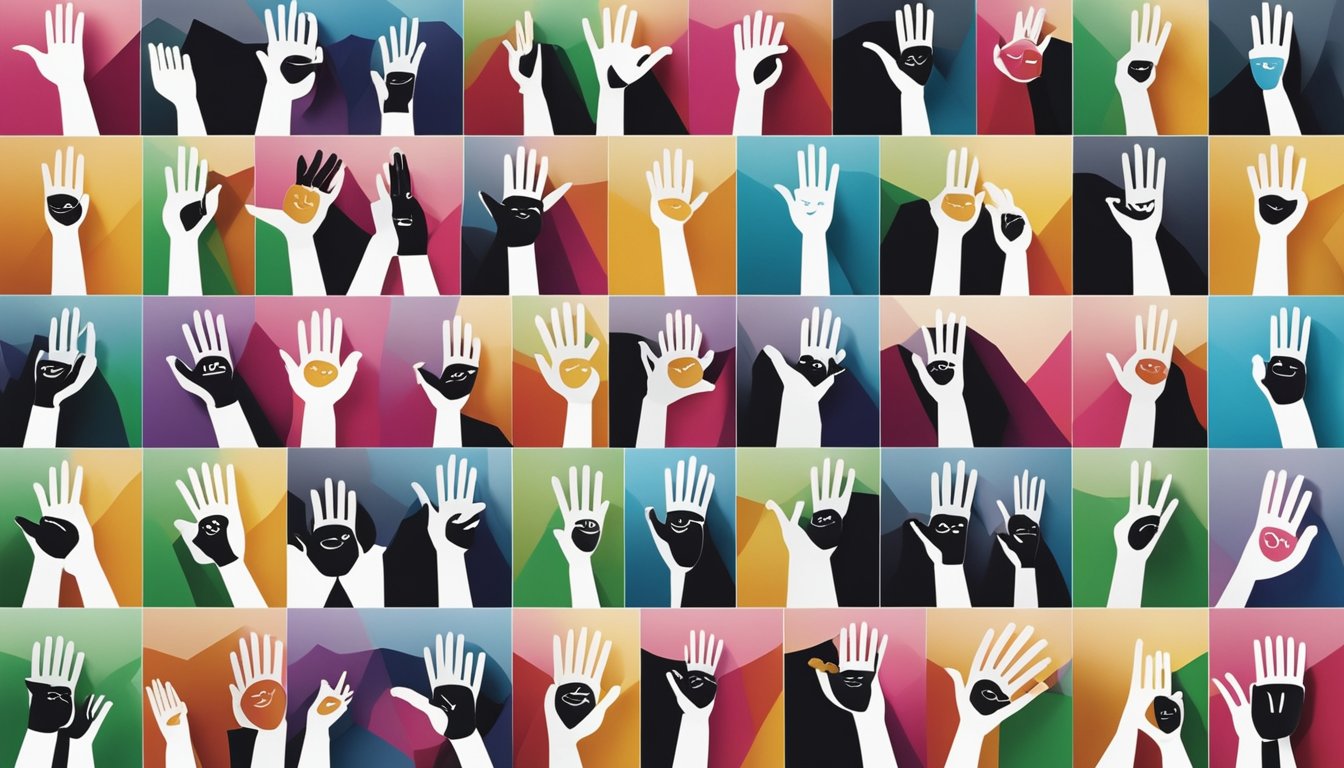
Mudras in Contemporary Wellness
Mudras have gained a significant following in contemporary wellness practices. Many practitioners believe that mudras help to balance the flow of energy in the body and enhance physical, mental, and emotional well-being. Mudras are often included in yoga and meditation practices, and their popularity has led to the development of specific mudra-based therapies.
Some popular mudras used in contemporary wellness practices include:
- Gyan mudra: This mudra is believed to enhance concentration and memory.
- Prana mudra: This mudra is thought to increase vitality and energy levels.
- Shunya mudra: This mudra is believed to help with ear-related problems and balance the body’s energy.
Mudras in Popular Media
Mudras have also gained popularity in popular media, particularly in the entertainment industry. In films and television shows, characters often use mudras to convey a sense of spiritual or mystical power. Mudras have also been featured in music videos and other forms of popular culture.
However, it is important to note that the use of mudras in popular media may not always be accurate or authentic. Mudras are deeply rooted in cultural and spiritual traditions, and their meanings and uses can vary significantly across different cultures and contexts.
Despite this, the popularity of mudras in contemporary wellness practices and popular media has helped to raise awareness of these symbolic hand gestures and their diverse meanings and uses across cultures.
Comparative Analysis

Similarities Across Cultures
Despite the diversity of cultural practices, there are a number of mudras that are shared across different cultures. For example, the “Namaste” mudra, where the palms are pressed together in front of the chest, is used in both Hindu and Buddhist traditions as a gesture of greeting and respect. Similarly, the “Mudra of Protection” is used in Hindu, Buddhist, and Jain traditions to ward off negative energies.
Another shared mudra is the “Anjali” mudra, where the hands are brought together in front of the heart. This mudra is used in Hinduism, Buddhism, and Yoga to show reverence, gratitude, and sincerity. In addition, the “Buddha’s Hand” mudra, where the palm faces upwards with the fingers pointing upwards, is used in both Buddhist and Hindu traditions to represent meditation and spiritual attainment.
Unique Cultural Mudras
While there are many shared mudras, each culture also has its own unique hand gestures with specific meanings. For example, the “Gyan” mudra, where the index finger and thumb touch while the other three fingers are extended, is used in Hinduism to represent knowledge and wisdom. The “Varada” mudra, where the palm faces outwards and the fingers are pointing downwards, is used in Buddhism to represent compassion and charity.
In Chinese culture, the “Yin Yang” mudra, where the thumb and index finger of each hand touch while the other fingers are extended, is used to represent balance and harmony. The “Heart” mudra, where the hands are brought together in front of the chest with the fingers pointing upwards, is used to represent love and affection.
Overall, mudras are a fascinating aspect of cultural practices that demonstrate the diversity and richness of human expression. By exploring the similarities and differences across cultures, we can gain a deeper understanding of the meaning and significance of these symbolic hand gestures.
Dr. Harlan Kilstein is a certified yoga teacher, hypnotherapist, and a teacher of the Law of Attraction since 1975.
After an immersion in yoga and his certification by the Yoga Alliance, he began studying mudras and invented Finger Healing.

